How is a silverware set made?
Ever wonder how a simple sheet of metal becomes an elegant fork? This complex process hides key quality indicators. Not knowing it can lead to costly supplier mistakes.
A silverware set is made through a multi-step process. It starts by punching shapes from stainless steel sheets, which are then formed and embossed. The most critical final steps include extensive grinding, multi-stage polishing for smoothness and shine, cleaning, and strict quality inspection before packing.
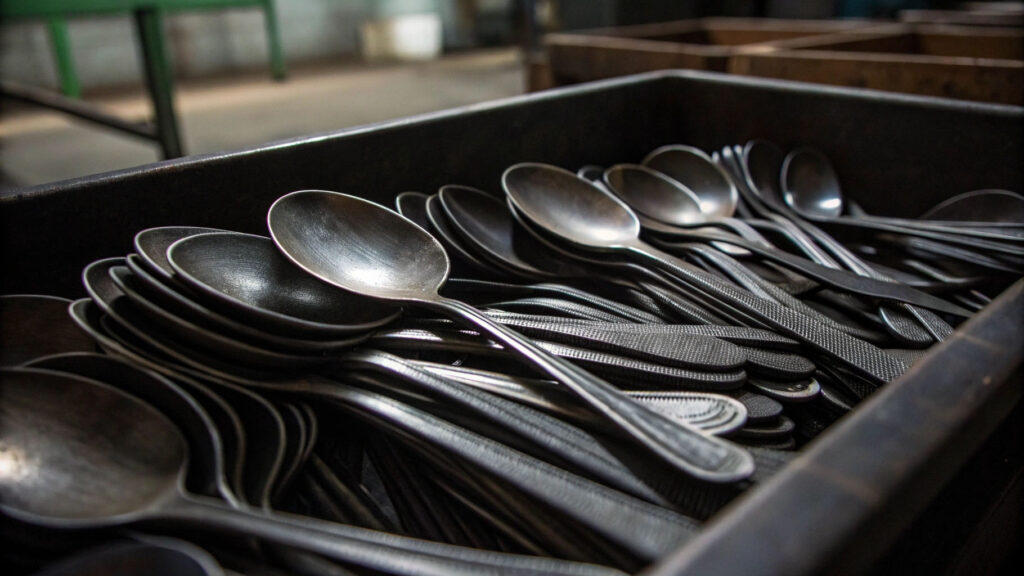
You now have the basic roadmap. But the real magic, and the difference between good and bad flatware, is in the details of each step. I walk my factory floor every day, and I have shown this process to buyers like Jacky many times. He is a skilled procurement manager for a major US brand. Understanding these steps is how he ensures his brand gets the quality they pay for. This knowledge is not just for factory owners; it is crucial for anyone who buys or sells high-quality tableware. Let's break down the process.
What does a flatware set consist of?
Need to stock a new product line but unsure of the standard set configuration? Ordering the wrong combination can lead to unsellable inventory. Let's define the standard set.
A typical flatware set, often called a "place setting," consists of five pieces: a dinner fork, salad fork, dinner spoon, teaspoon, and a dinner knife. Larger boxed sets are built from multiples of this five-piece foundation, often adding serving utensils.
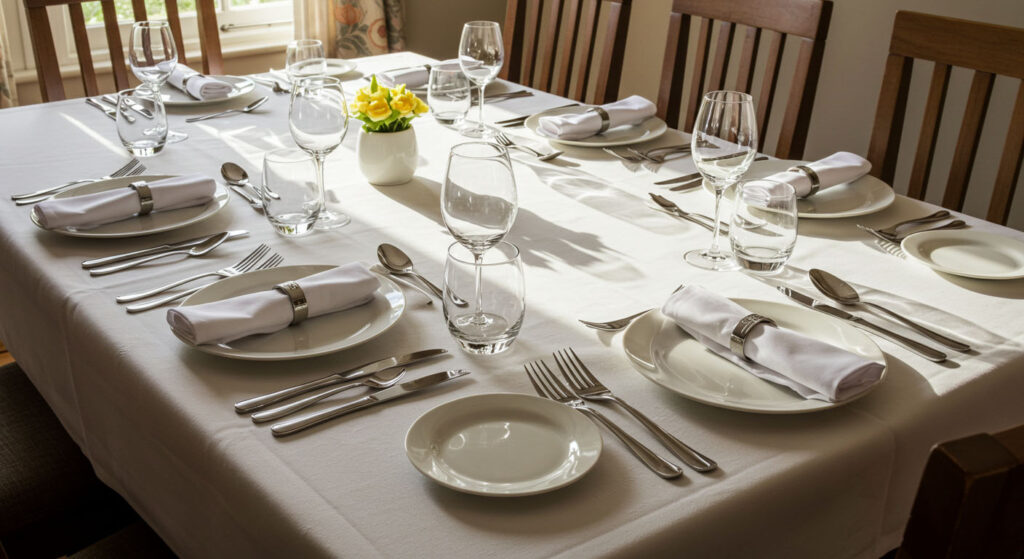
When a client like Jacky sends a purchase order, it’s for highly specific configurations. Getting this right is fundamental to the retail business. A single place setting is designed to provide all the necessary utensils for one person's meal.
The Standard 5-Piece Place Setting
This is the building block of almost all flatware collections in the US market.
- Dinner Fork: The largest fork, for the main course.
- Salad Fork: Smaller and sometimes broader, for salads or desserts.
- Dinner Spoon: A large spoon, often used for soup.
- Teaspoon: A small spoon for coffee, tea, or dessert.
- Dinner Knife: The standard table knife for the main course.
Common Boxed Sets
Retail sets are sold in larger configurations based on the 5-piece setting.
| Set Size | Composition | Purpose |
|---|---|---|
| 20-Piece Set | 4 x 5-Piece Place Settings | Service for four people |
| 45-Piece Set | 8 x 5-Piece Place Settings | Service for eight people |
| + 5 Serving Utensils* | + Hostess Set |
*The 5-piece hostess or serving set typically includes a serving spoon, a pierced serving spoon, a serving fork, a butter knife, and a sugar spoon. Understanding these standard packages is the first step in building a successful flatware product line.
What material is commonly used for making flatware?
Confused by steel grades like 18/10 or 420? Choosing the wrong material results in rusty, weak flatware and unhappy customers. Let's clarify the industry standards for durable products.
The most common materials are specific grades of stainless steel. Forks and spoons typically use 18/10 or 18/0 steel. Knives almost always use Grade 420 stainless steel because its superior hardness is necessary to forge and maintain a sharp cutting edge.
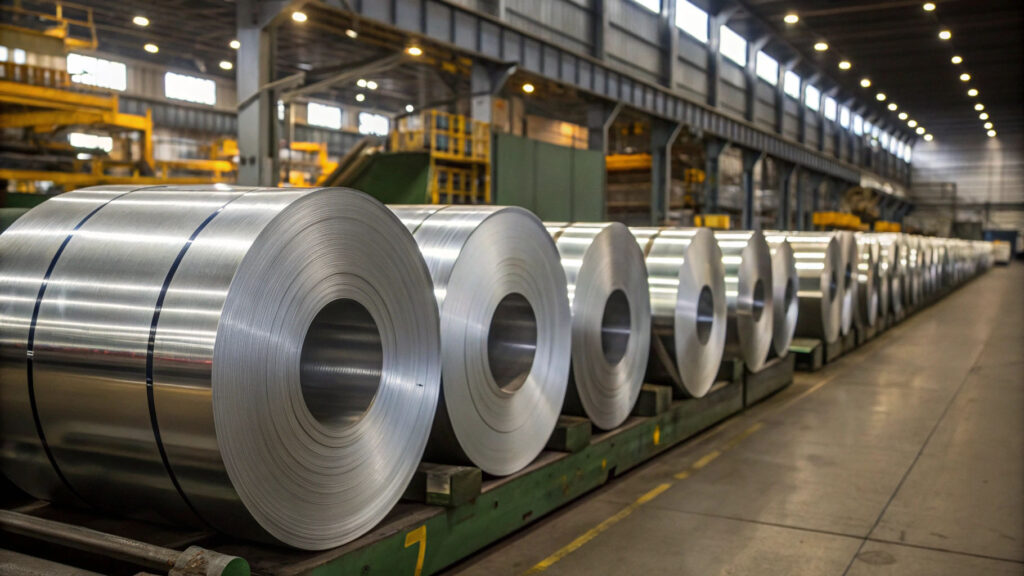
In my factory, the giant coils of steel we use for forks are completely different from the steel used for knives. You cannot make a good knife from the same material you use for a spoon. The material must be matched to the utensil's function. This choice affects the flatware's final look, feel, durability, and cost.
Forks and Spoons: The 18/X Series
For forks and spoons, the focus is on corrosion resistance and shine. The grade numbers tell you the percentage of chromium and nickel, the key ingredients.
- 18/10 (Grade 304): The best choice. 18% chromium and 10% nickel. The high nickel content provides a fantastic shine and the best protection against rust.
- 18/0 (Grade 430): A good, budget-friendly option. 18% chromium but virtually no nickel. It's durable but less resistant to rust and stains.
Knives: The Need for Hardness
For a knife, the ability to hold a sharp edge is the most important quality.
- Grade 420: This steel's chemical structure allows it to be heat-treated1 to become much harder than 18/10 steel. This hardness is essential for a blade. While it has less chromium and no nickel, making it less rust-resistant, its hardness is non-negotiable for a functional knife.
What is the highest quality stainless steel flatware?
Are you searching for the absolute best flatware? Making a poor choice can damage your brand's reputation with products that rust or bend. Let's identify the grade that defines true quality.
The highest quality stainless steel for flatware is 18/10. This number means it contains 18% chromium for hardness and 10% nickel for superior corrosion resistance and a brilliant, silver-like shine. It is the modern standard for all premium flatware.
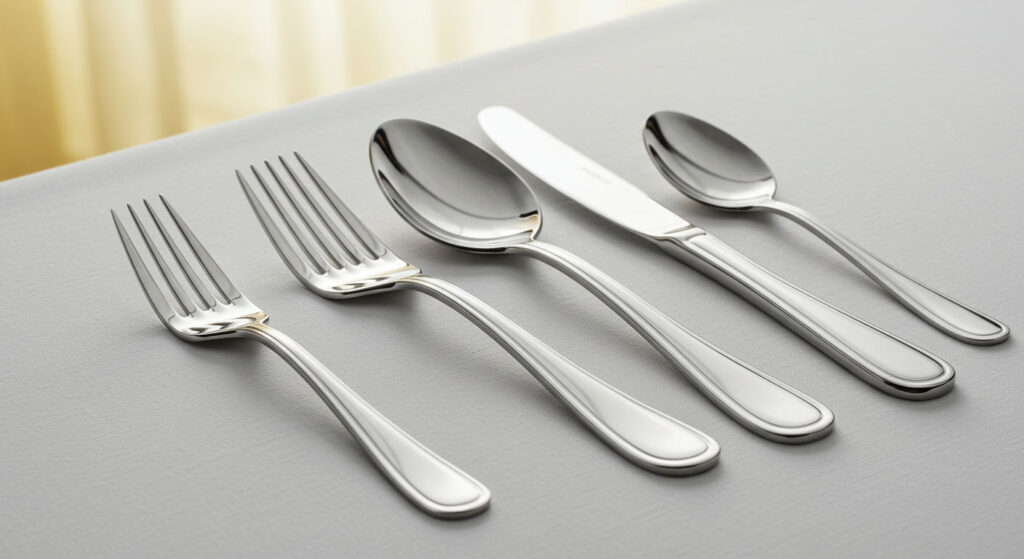
The question of "quality" is the most important one I discuss with my clients. For a premium brand like the one Jacky buys for, anything less than 18/10 is not an option. His customers expect the significant weight, perfect balance, and brilliant finish that only high-nickel steel can deliver. This material not only looks and feels luxurious but also performs the best over time.
Why 18/10 is the Professional's Choice
Let's see how the options compare directly. The nickel content is the main driver of quality and cost. More nickel equals better rust protection and a brighter shine.
| Grade | Composition | Key Benefit | Target Market |
|---|---|---|---|
| 18/10 | 18% Chromium, 10% Nickel | Best shine & rust resistance | Premium, Luxury |
| 18/8 | 18% Chromium, 8% Nickel | Excellent quality, industry standard | High-End, Food Service |
| 18/0 | 18% Chromium, 0% Nickel | Affordable, durable | Budget, Everyday |
While other grades have their place, 18/10 stainless steel is the undisputed king for high-quality forks and spoons. It delivers the best long-term performance and the luxurious feel that customers associate with a premium product.
What is the difference between cheap and expensive stainless steel flatware?
Two forks can look similar, but one costs five times more. Why? Buying cheap often destroys customer trust when the product rusts or bends. Let's uncover the hidden differences.
The key differences are the material grade and the finishing process. Expensive flatware uses high-nickel steel like 18/10 and undergoes extensive, multi-step polishing. This results in perfectly smooth edges and a mirror-like shine. Cheap flatware uses lower-grade steel and minimal polishing.
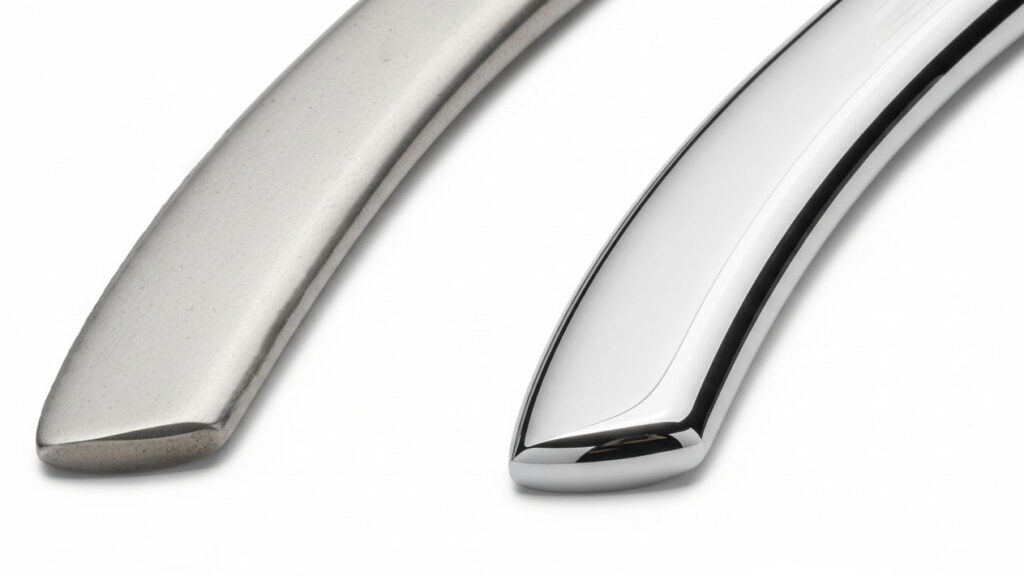
I can spot the difference in seconds, and it is something I have trained buyers like Jacky to see as well. The two biggest factors that separate cheap from expensive are the invisible quality of the steel and the very visible quality of the polish.
1. The Material Difference
As we've discussed, 18/10 stainless steel costs more than 18/0. A cheap set of flatware almost certainly uses 18/0 or an even lower grade like 201 steel. It might look shiny out of the box, but it will be much more prone to rust and staining over its lifetime. The higher cost of expensive flatware starts with paying for better raw materials.
2. The Polishing Difference
This is where the craftsmanship becomes obvious.
This is where the craftsmanship becomes obvious.
- Cheap Flatware: Often just goes through a single "tumble polishing" step. This process makes it shiny but leaves behind rough edges, especially between the tines of a fork.
- Expensive Flatware: Goes through multiple stages of grinding and polishing. Each piece is individually handled. The final "mirror polishing2" step uses soft cloth wheels to create a flawless, liquid-like surface. You can literally see your reflection in it. The edges are silky smooth. I always say the first thing a customer feels is the spoon on their lips. A rough edge is an instant sign of low quality.
Conclusion
Flatware creation is a detailed process where material choice and polishing define quality. Understanding this journey from a steel coil to a finished product ensures you select truly superior silverware.
